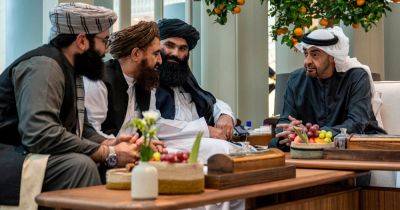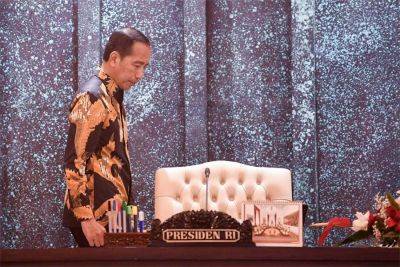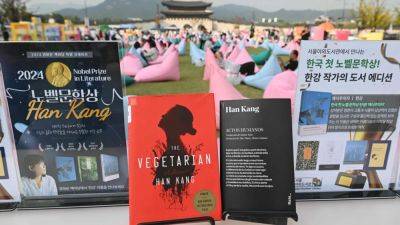What We Learned Talking to the Taliban’s Most Fearsome Leader
For three years, there was one powerful, elusive figure I wanted to speak with in Afghanistan: Sirajuddin Haqqani.
During the U.S.-led war there, he was known as one of the Taliban’s most ruthless military strategists, deploying hundreds of suicide bombers and raining carnage on the capital, Kabul. He developed ties with terrorist groups across the region and built a mafia-like empire of illicit businesses.
After the Taliban regained control of Afghanistan in 2021, Mr. Haqqani became one of the most important figures in the government. But he remained a mystery; he had given only one interview to a Western journalist.
I had been trying for years to arrange an interview of my own. Earlier this year, Mr. Haqqani finally agreed to meet with me.
We spoke for three hours in a two-story mansion in Kabul, discussing his upbringing and the secret interactions between his family and American officials. I also spoke with more than 70 experts, diplomats, Afghan officials, Taliban soldiers and others, and reviewed hundreds of pages of documents, to glean insight into Mr. Haqqani’s life and politics within the Taliban’s government.
Here are the biggest takeaways from what I learned:
Since the Taliban returned to power, the group has tried to project an image of unity. But out of public view, Taliban officials have been at odds over their competing visions for the country. Those divisions have pitted the Taliban’s ultraconservative emir and head of state, Sheikh Haibatullah Akhundzada, against more pragmatic figures like Mr. Haqqani.







